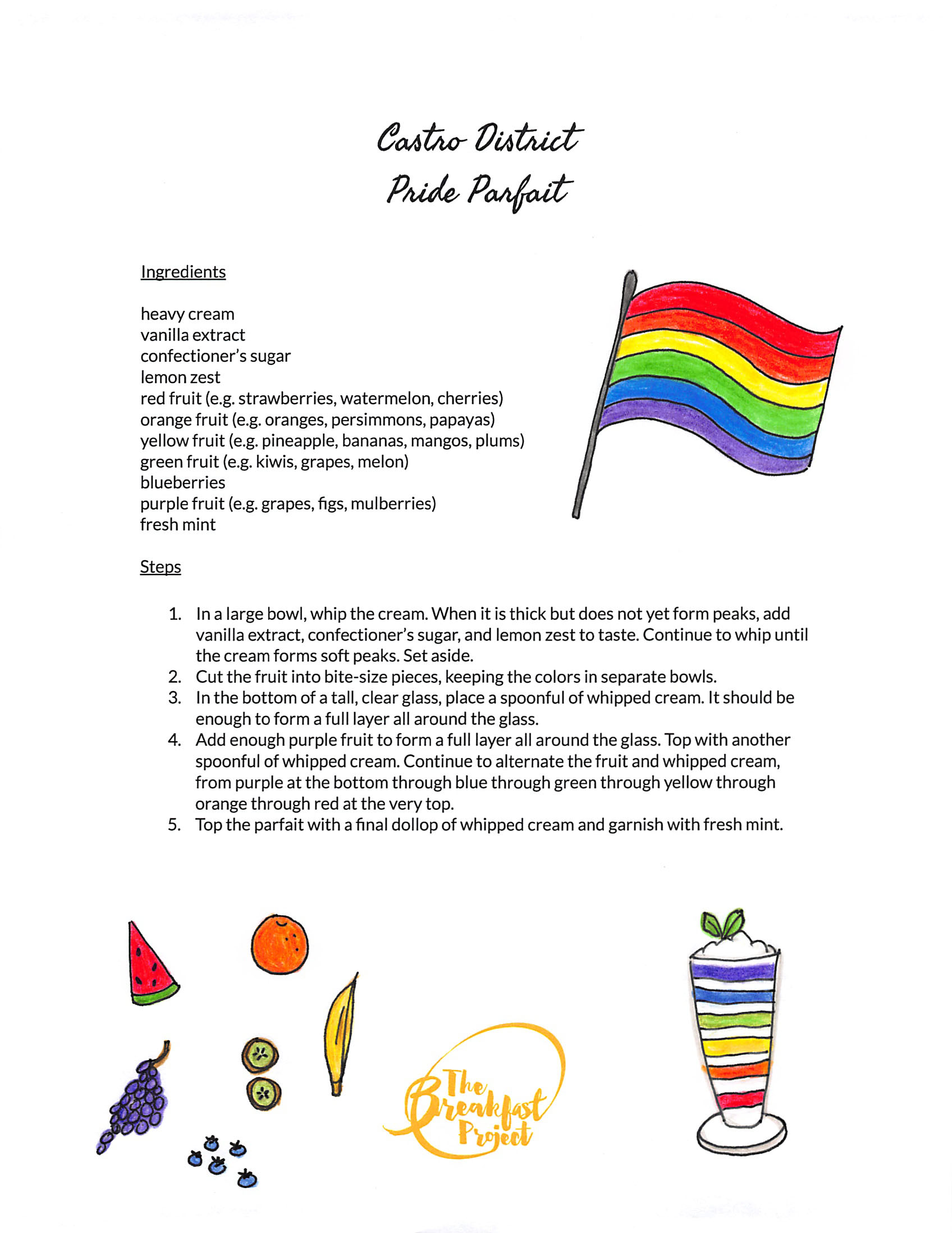It’s a new year, and Breakfast Around the World is back! We had quite a bit of cold and rainy weather this week, so it was nice to make a warm dish from Finland called puuro, or porridge, from rolled oats and kiisseli, a fruit dessert with origins in neighboring Russia.
The fun fact we discussed about Finland is that it is ranked the happiest country in the world. When asked what they thought might make a country particularly happy, students suggested time spent out in nature, having enough food to eat, and no war. We also talked about how Finland has universal healthcare and free tuition at public universities.
First we made the kiisseli by cooking frozen wild blueberries with water, a cinnamon stick, and sugar. Then we added lemon juice, lemon zest, and a small amount of potato starch that magically turned the dessert into jam as we slowly whisked it in. The oat porridge is made by simply boiling water with a pinch of salt and then simmering rolled oats until the water is absorbed. The end result is a truly delicious combo, especially with a little milk and butter on top.
Overheard at the end of our meal together: “What a fantastic way to start the year!”




















































































































































































































































